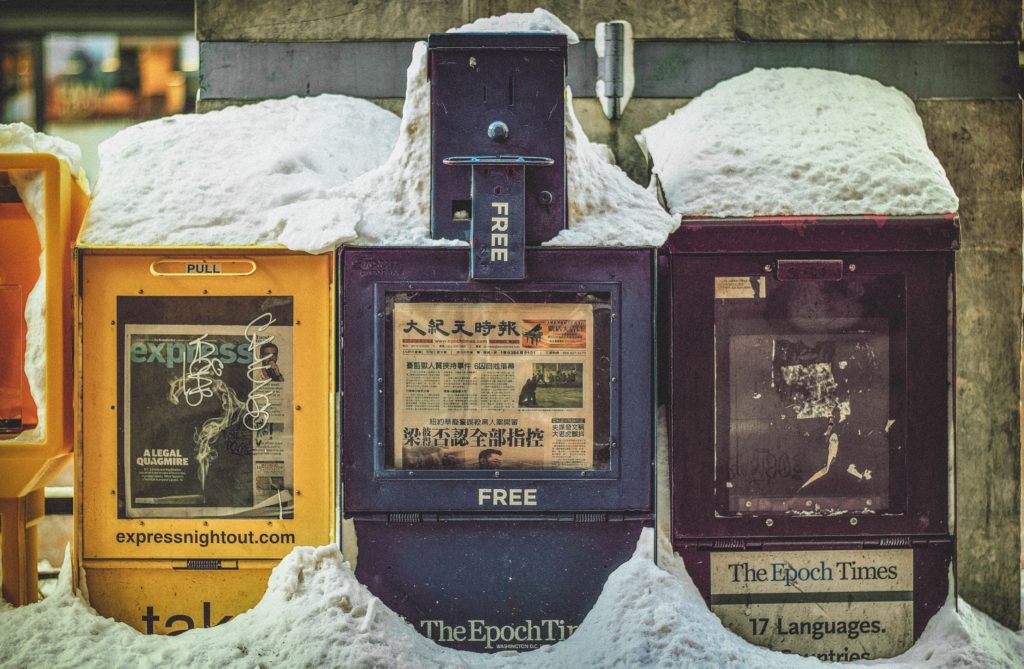
Photo by Matt Popovich on Unsplash
Throughout my last blog posts, I have introduced some of the reasons behind the decline in physical newspapers. From the transformation to online, newspapers have been looking for ways to gain revenue after the decrease in ad sales. One of the ways they have begun to combat this issue is to create a paywall for readers. News websites that have paywalls generally require users to make an account and pay a monthly fee that is typically between five to 10 dollars. While in theory this benefits the financial side of the news industry, this concept is doing more harm than good.
Requiring a cost to view content on a news source is potentially damaging to the public as it could hinder the quality and quantity of news that readers absorb. While it is factual that news is necessary for people to read, this subscription habit can limit the amount of news people are receiving. More specifically, quality news should be a right that citizens have in order for the world to remain educated. Adding paywalls is hindering the opportunity to stay in touch with the community and world in general.
The Atlantic, a news source with a paywall, even said, “The group of people who pay for any kind of journalism is still relatively small. Based on the current numbers of subscribers to the big publications, we’re probably talking a group of people that numbers in the single-digit millions. That’s the addressable market.”
Additionally, consumers may resort to other sources of news that are not as high quality than those that require subscriptions. In society today, the idea of fake news is widely talked about and criticized. Having a paywall for quality news may lead people to read news of lesser quality. Facebook is notoriously known for having fake news on their site, which they have attempted to combat. However, the news that appears is free. In a time where news costs money, people may rely more on social media for their news. This system is convenient, but not a reliable way to gather news.
Newspaper subscriptions also can enable consumers to develop a source of bias when gathering their news. Many people may only see value, or can only afford a subscription to one news source. In doing this, readers often will only get one side of the story. Throughout the fake news debacle in society, biased news has also been criticized. Consumers will most likely choose their favorite news source to subscribe to, meaning they won’t be exposed to a diverse range of subjects or the stories may be politically one-sided. In theory, newspaper subscriptions seem like an innovative way for newspapers to make revenue with a lack of advertisements. However, the cost to consumers is more than just a monthly subscription – it spreads to their knowledge and awareness of the world around them.
